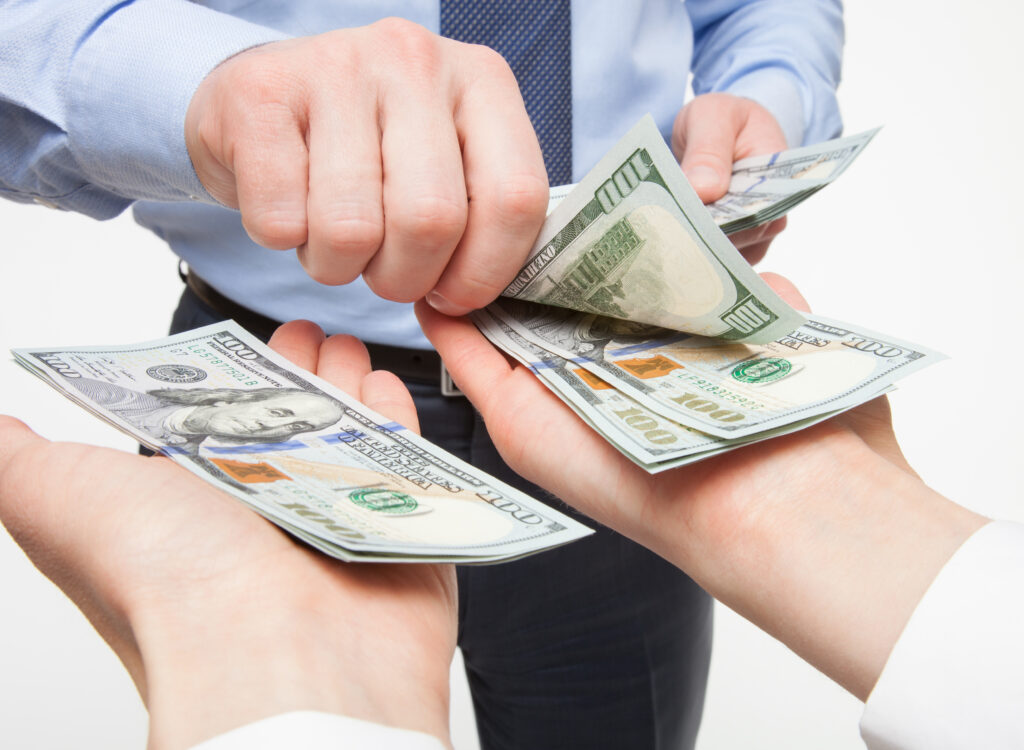[ad_1]
More than a few companies that did well in the past are out of favor with investors. And that could spell opportunity.
The S&P 500 (^GSPC 0.38%) has a lot of winners in its ranks, which is why the famous stock market barometer is up more than 31% since the start of 2024 as I write this.
Yet in any collection numbering hundreds of stocks, there are bound to be some laggards, and that’s the case with this closely watched index. As we prepare to leave this year behind, this is a look at a now-undervalued pair that are down year to date in price, yet continue to shower their investors with dividends. Here’s why I’m drawn to these two tarnished beauties: Pfizer (PFE -1.18%) and Nike (NKE -0.05%).
1. Pfizer
In the somewhat upside-down world of the pharmaceutical industry, a scary global health emergency can be quite the boon for business. During the COVID pandemic’s height, for example, Pfizer was not only the co-developer of the widely distributed Comirnaty vaccine, it was also the entity behind the go-to drug therapy Paxlovid. This one-two combination pushed revenue and profitability stratosphere-high during those otherwise trying times.
That was then, this is now. For investors, it’s been a case of “What have you done for me lately?” with Pfizer. Comirnaty and Paxlovid are hard acts to follow, and both the company’s top and bottom lines are down from their pandemic peaks.
Adding to Pfizer’s challenges, activist investor Starboard recently bought an anchor stake, and has since been agitating for changes in a pull-no-punches, activist investor sort of way. Starboard essentially argues that Pfizer’s strategy of acquiring promising drugs is pricey, and hasn’t produced meaningful results.
I look at it differently. The pharmaceutical development process is arduous and resource-consuming, so for a deep-pocketed operator like Pfizer, it often makes sense to buy products that have already traveled some distance down the pipeline. I think the company’s deal-making has been sensible, like when it closed a $43 billion arrangement to acquire cancer-focused biotech Seagen late last year.
Pfizer left Starboard with a bit of egg on its face with the third-quarter results it unveiled at the end of October. Again, COVID is still a menace, and thankfully for the world — and Pfizer investors — Comirnaty and Paxlovid were ready for the fight. Sales of both leaped on a year-over-year basis, helping the company to a monster 31% improvement in revenue (to $17.7 billion), and a flip into non-GAAP (adjusted) profitability, to more than $6 billion.
As a company that frequently posts profits in the billions of dollars, you can bet there’s usually plenty of cash on hand to fund Pfizer’s dividend. Not only that, the company keeps declaring dividend raises every year, and while these are typically incremental, they do add up. These days, combined with that sunken share price, Pfizer dispenses a high-yield dividend that tops 6%.
2. Nike
Quick, name a top athletic apparel brand!
Most likely, your response was “Nike,” since after many years it is still the most famous maker and purveyor of cool shoes for every conceivable sport, and the clothing and accessories that complement them. The company’s “swoosh” logo is instantly recognizable.
Few businesses achieve that kind of brand power. In the likely case it doesn’t diminish much, this should keep Nike front of mind for many people who like such products.
The company needs this now, since it’s been in a slump for years. Former CEO John Donahoe shifted the company’s sales strategy to digital and direct sales, forsaking the broad retail market. While this looked good on paper in these online-everything times, the move made Nike less of a presence. This diminished the power of the brand, and — not coincidentally — resulted in weaker sales growth and even recent declines.
Donahoe is no longer in the CEO position. Last month, Nike brought in 32-year company veteran Elliott Hill to replace him. Hill was at the shoe and apparel maker during its many glory years, when growth was robust and the brand was a choice selection at the top athletic wear retailers.
At the very least, a change in strategy is coming, and I’d expect Nike to revert to its previous methods of pushing product onto third-party retailers. Innovation could get a boos, too, since Hill surely remembers how well the company did with memorably unique, proprietary goods like Air Jordans.
Meanwhile, despite sputtering growth, Nike has held steadfast to its policy of paying a dividend. It is not only a reliable payer every quarter, it’s also a constant lifter, having declared dividend raises consistently since 2004. Free cash flow has been on the rise, providing not only enough room for the current payout, but likely future dividend raises, too.
Dividend raises tend to be declared near the end of every calendar year, so we can expect a new one to be announced by Nike soon. At the moment, the company’s quarterly distribution is $0.37. This yields 1.9% at the current stock price, comfortably above the 1.3% average of S&P 500 index component stocks and helping make Nike a stock to buy.
[ad_2]
Source link

